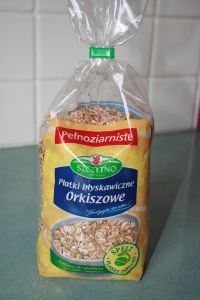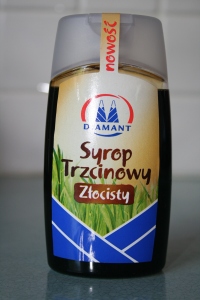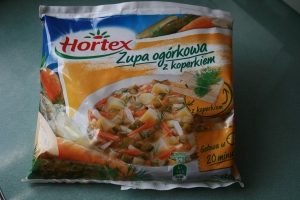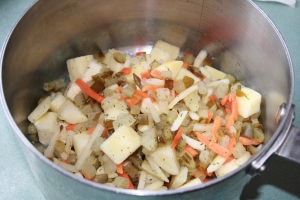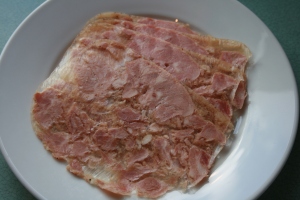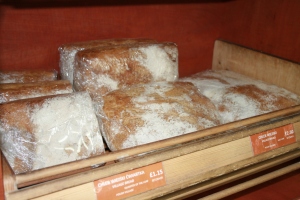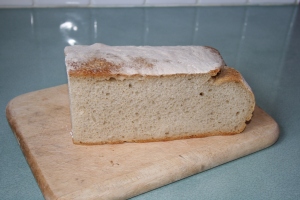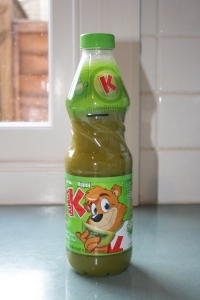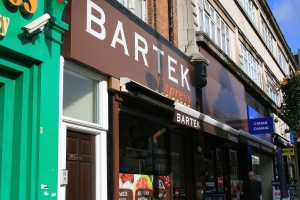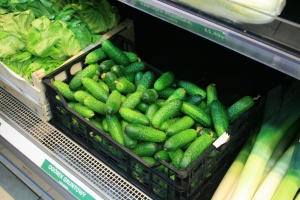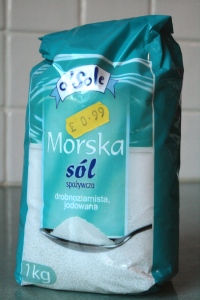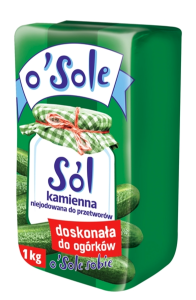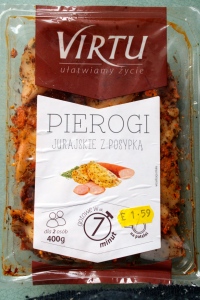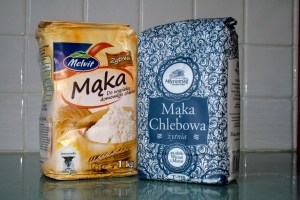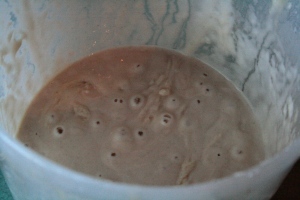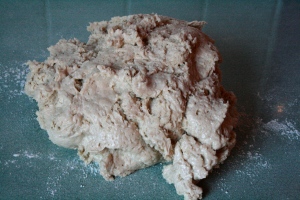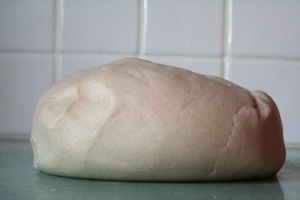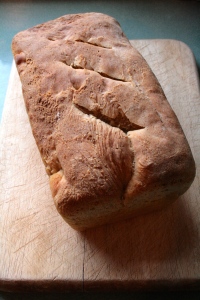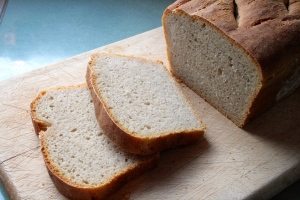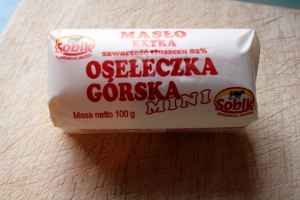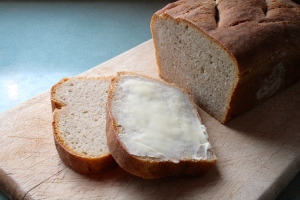Long time no sklep! What can I say, it’s been a busy year. Much sklepping, little blogging.
Lots to catch up on, however – first up is spelt, orkiszowe, which after kale and coconut oil has been one of the top superfood trends of the past couple of years. These spelt flakes come in a package small enough to fool you into thinking you will use them all up, and not come across two-thirds of the bag wastefully abandoned in a far reach of the dry goods press behind the quinoa (exp October 2014) after the spelt thing has gone over.
I bought mine at Streatham’s Bartek, http://bartek-express.co.uk, not too expensive at just over a quid for 400g. The flakes can be used for making porridge, or putting in bread mix or muffins. (Or, in Poland, for making a type of vodka.). Italians call it farro, and spelt flour makes a pretty good cake.
Though it’s relatively novel in the UK, spelt has been used in Europe for centuries – one strain of the grain, Triticum spelta, var. bingensium, was named after Hildegard of Bingen, abbess, mystic…
And composer:
http://www.youtube.com/watch?v=Dehwp_dRlYQ
She was also a capable botanist and the world’s first ever health ‘n’ superfoods maven. She thought spelt was easy to digest and good for the sickly, like a sort of medieval Complan.
These are already butch jumbo spelt flakes, and once made up into porridge with a mixture of milk and water, they swell a lot. For the first attempt I just bunged everything in a bowl and microwaved it for a few minutes. Not a success: it tasted… Teutonic. Texture-wise it was tough, like chewing dry corrugated cardboard chips.
The second batch I left to soak overnight, and cooked more gently in a saucepan. It had soaked up all the liquid I gave it overnight, so pumped more in before cooking, and added the obligatory generous pinch of salt: aids the fight against insipid food and supports the Polish salt industry. I gave it a good 10 minutes, after which the texture was soft and the taste was very good: nice and malty. However, spelt flakes don’t collapse and coagulate the way porridge oats do. So instead of making a smooth and unctuous porridge like your Scottish or cornmeal version, they collapse, but stay stubbornly separate. Pleasant for a change, particularly with fruit on top, and lashings of syrup.
And what syrup.
No, not maple, the hip dollop of choice on the granola of our times. Syrop Trzcinowy means sugar syrup, zlocisty means golden – but dark golden, as though someone had gone to the trouble of liquidising a bag of soft dark brown sugar. Much cheaper than maple syrup, much runnier than and not nearly as powerful as treacle, it comes in a useful squirty bottle so you can put it on pancakes, use it in baking or dribble it all over your fingers and lick it all off.
Was about to consign the spelt flakes to the space behind the quinoa in the cupboard, but now might get through them quite quickly.

